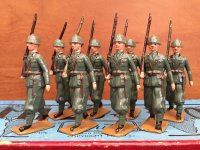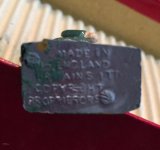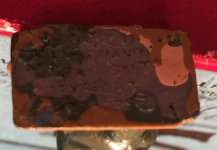Hello,
I'm helping my father in law sell his collection of toy soldiers, mostly W Britain, on ebay. Some of the sales are easy (especially the most recent "collector figures") because the items have never been used or even removed from their original boxes. For older soldiers, it's a lot more tricky. I have a couple of reference books, and I've been able to learn quite a lot just nosing around on the internet, but it's always an uphill climb.
Right now I'm wondering if there's a sure-fire way to tell if a figure has been touched up or repainted. I have some figures which have blotches of paint on the undersides of the bases. I'm wondering if it was common practice for painters to do this, or if it's an indicator that a collector did the work.
Thanks for any advice you can offer!
I'm helping my father in law sell his collection of toy soldiers, mostly W Britain, on ebay. Some of the sales are easy (especially the most recent "collector figures") because the items have never been used or even removed from their original boxes. For older soldiers, it's a lot more tricky. I have a couple of reference books, and I've been able to learn quite a lot just nosing around on the internet, but it's always an uphill climb.
Right now I'm wondering if there's a sure-fire way to tell if a figure has been touched up or repainted. I have some figures which have blotches of paint on the undersides of the bases. I'm wondering if it was common practice for painters to do this, or if it's an indicator that a collector did the work.
Thanks for any advice you can offer!




